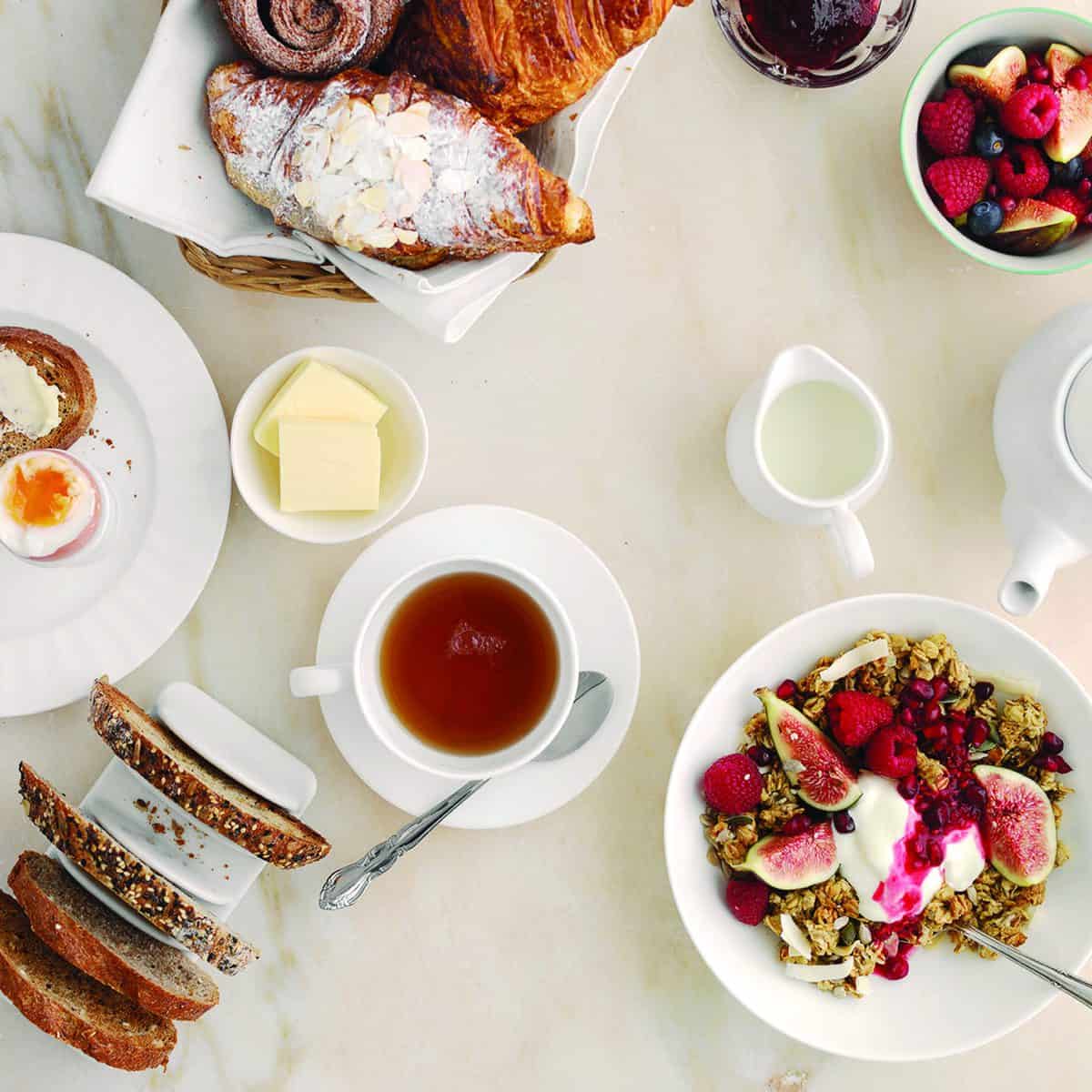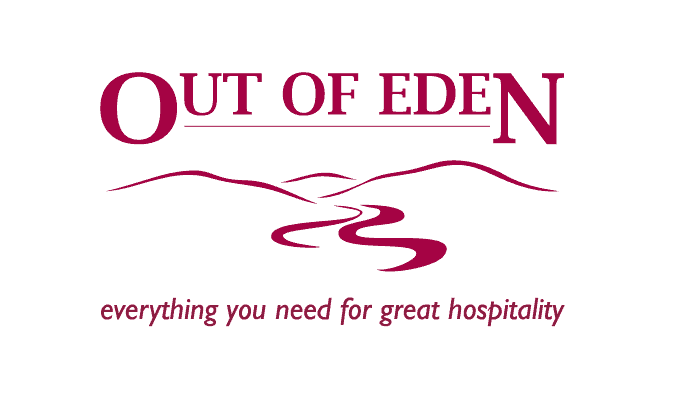
Capitalise on changing consumer demand at breakfast time for maximum profitability
Beacon, the UK’s leading purchasing company, is encouraging hospitality operators to rethink their breakfast menus following new research highlighting a shift in consumer behaviour in the out of home breakfast market. Working with one of its leading suppliers, Kellogg’s, Beacon has shared its insight and advice on the UK breakfast market and the opportunities for growth, with stats revealing that average consumer spend at breakfast has seen a 31% increase since 2015.
Alice Bexon, Purchasing Manager at Beacon, commented: “Although the number of people eating breakfast out of the home has decreased by 11% since 2015, the increase in consumer spend (+31%) shows that there are still huge opportunities in this market. Consumer habits during breakfast have changed quite quickly over time, so businesses need to stay on top of these trends, to take advantage of opportunities. Working with Kellogg’s, we have identified some of the key points for operators to be aware of when it comes to the breakfast table.”
“Grab and go continues to perform well
The grab and go concept at breakfast is one that has continued to show growth in the market, with insight from Kellogg’s revealing that takeaway options now account for 3% of all breakfasts consumed in hotels. We are now regularly seeing more of our customers offering on-the-go options to satisfy the demands of busy corporate guests.
The importance of brands
Whilst data from Kellogg’s shows that cereal is the fourth most popular breakfast food in the hotel market, it also shows that guests are more likely to buy cereal in the hotel if it is branded. This provides a real opportunity for operators to invest in branded goods, which may seem like a more costly option, but will ultimately generate better return.
The full English continues to reign supreme
The demand for healthier choices at breakfast remains prevalent, however the full English breakfast continues to outperform all other dishes. According to Kellogg’s, UK adults consume an estimated 309 million full English breakfasts per year in the eating out market, compared to just 41 million portions of cereal.”
Alice continued: “The most important factors when it comes to a profitable breakfast menu are ultimately the quality of product, freshness and good value for money. Getting these right, as well as catering to the demands and tastes of your target demographic, will help operators to capitalise on the lucrative opportunities for the most important meal of the day.”
The main opportunities in breakfast beverages are of course in tea and coffee, with recent Beacon research showing that 75% of consumers would choose tea or coffee as their first drink of the day, compared to just 8% who would choose juice. In terms of overall popularity, English breakfast tea remains the market leader among UK consumers, with our insight showing that it is the drink of choice for 42% of customers, compared to 39% who said coffee. Reports from one of our leading tea suppliers, Tetley, also show that the tea market is thriving with a 3.6% year on year increase to the growth in out of home tea consumption.
To capitalise on opportunities within the tea market at breakfast, I would advise broadening your range of speciality teas and infusions. These types of hot drinks are on the rise, with our research showing that nearly 40% of consumers now order a speciality drink at least once a week and research from Tetley showing that the speciality category is a primary driver of growth in hot beverages. Bidfood suggests that infusions are most popular amongst 16 – 34 year olds, whilst the older generation are more in favour of traditional English breakfast tea, so consider who your main customer base is and provide products that are best suited to them for maximum impact.
With that said, the coffee market is by no means behind the curve. There are more and more speciality products spilling out of the high street coffee shops and into foodservice and hospitality, with a big US, Australian and New Zealand influence. Our research showed that 7% of consumers would order a speciality coffee such as a latte or flat white on a daily basis and 16% weekly, so there is certainly demand in this space. In fact, over a third of respondents to our market research said they preferred these speciality drinks to a standard cup of coffee. Latte and cappuccino were the most popular options among drinkers, with the flat white coming in second.
There is a fine line to tread between delivering an impactful hot drinks offering and driving profitability for the business. Before making any changes, operators must weigh up the benefits of a speciality range and the impact it will have on the bottom line, seeking advice from suppliers or a purchasing company if necessary.



